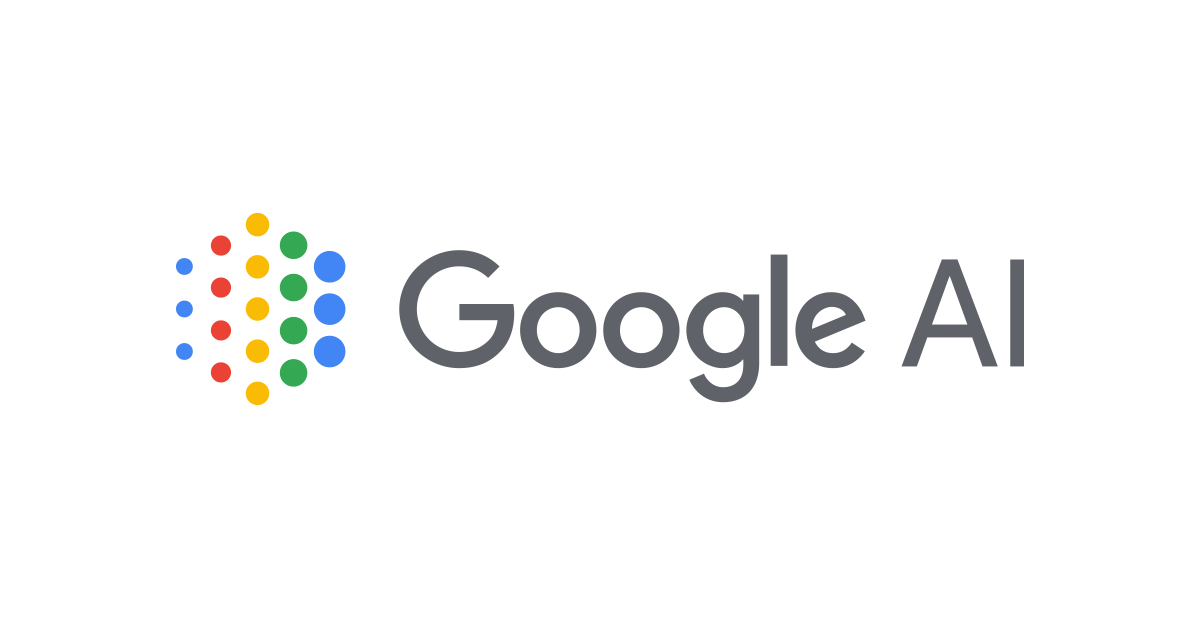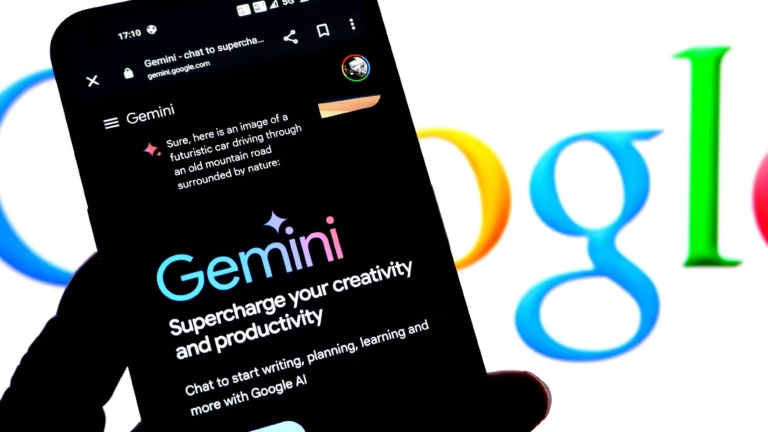
Introduction
Google has once again transformed the digital landscape with its AI-powered search mode. By integrating advanced artificial intelligence, Google aims to deliver more accurate, personalized, and context-aware search results. This innovation is set to redefine how users interact with search engines.
How Google’s AI Search Mode Works
Unlike traditional keyword-based searches, Google’s AI mode leverages machine learning and natural language processing (NLP) to understand user intent. Key features include:
- Conversational Search: Users can ask questions in natural language, and Google provides detailed, context-rich answers.
- Predictive Results: AI anticipates follow-up queries, offering suggestions before users finish typing.
- Multimodal Search: Combines text, images, and voice for a seamless search experience.
- Personalized Responses: Tailors results based on past searches, location, and preferences.
Benefits of AI-Powered Search
- Faster, More Accurate Results – AI reduces irrelevant results by understanding context.
- Enhanced User Experience – More intuitive interactions with voice and visual search.
- Improved Accessibility – Helps users with disabilities through voice commands and image recognition.
- Smarter Recommendations – AI suggests related topics, aiding in deeper research.
Potential Challenges
While AI search offers many advantages, concerns include:
- Privacy Issues – Personalized results rely on user data, raising privacy questions.
- Over-Reliance on AI – May reduce critical thinking as users depend on quick answers.
- Algorithmic Bias – AI models can inherit biases present in training data.
The Future of AI in Search
Google continues to refine its AI capabilities, with future updates expected to include:
- Real-time translation in search results
- Deeper integration with Google Assistant
- More interactive, chat-based search interfaces
Conclusion
Google’s AI-powered search mode marks a significant leap in how we access information online. By combining speed, accuracy, and personalization, it enhances productivity and user satisfaction. However, balancing innovation with privacy and ethical considerations remains crucial.



